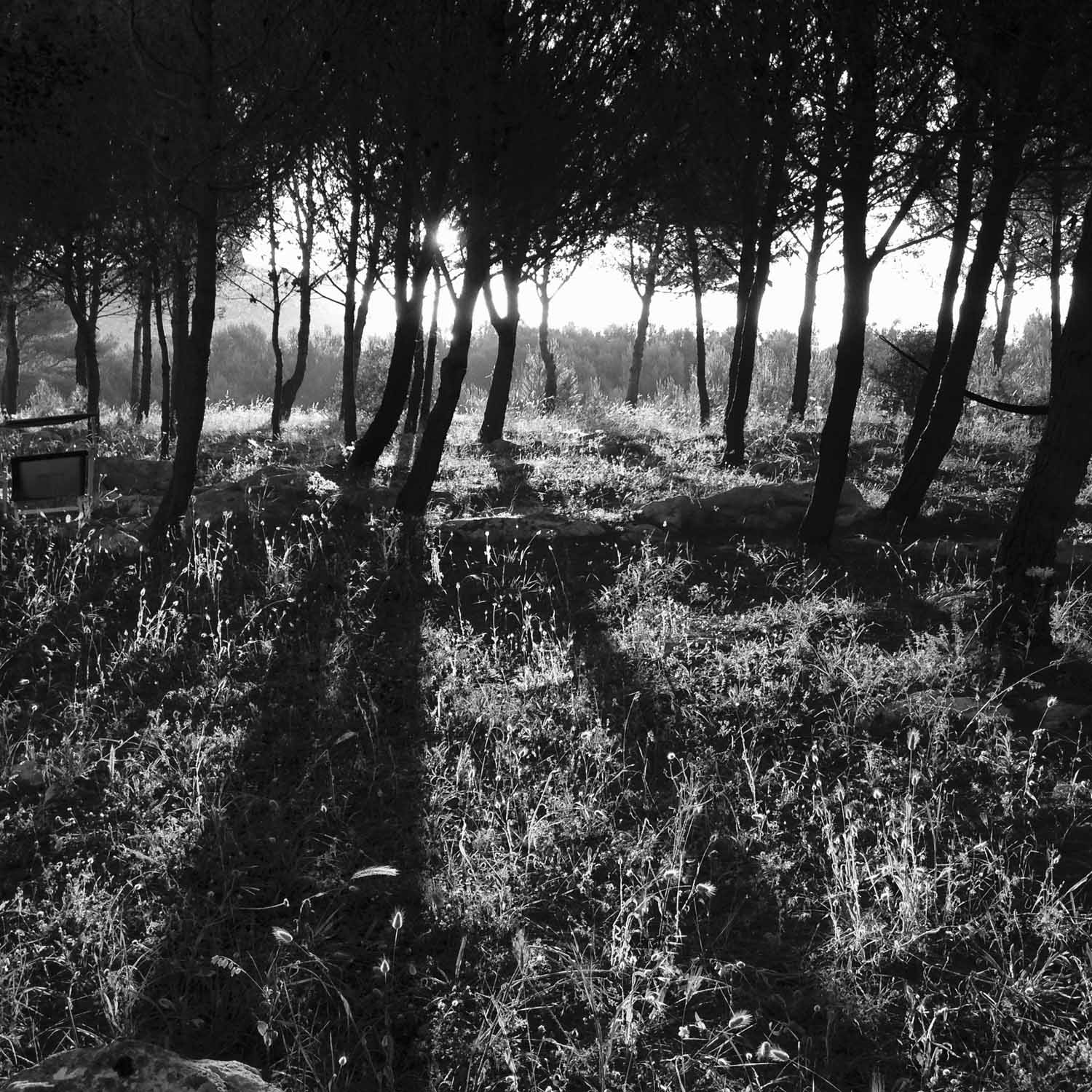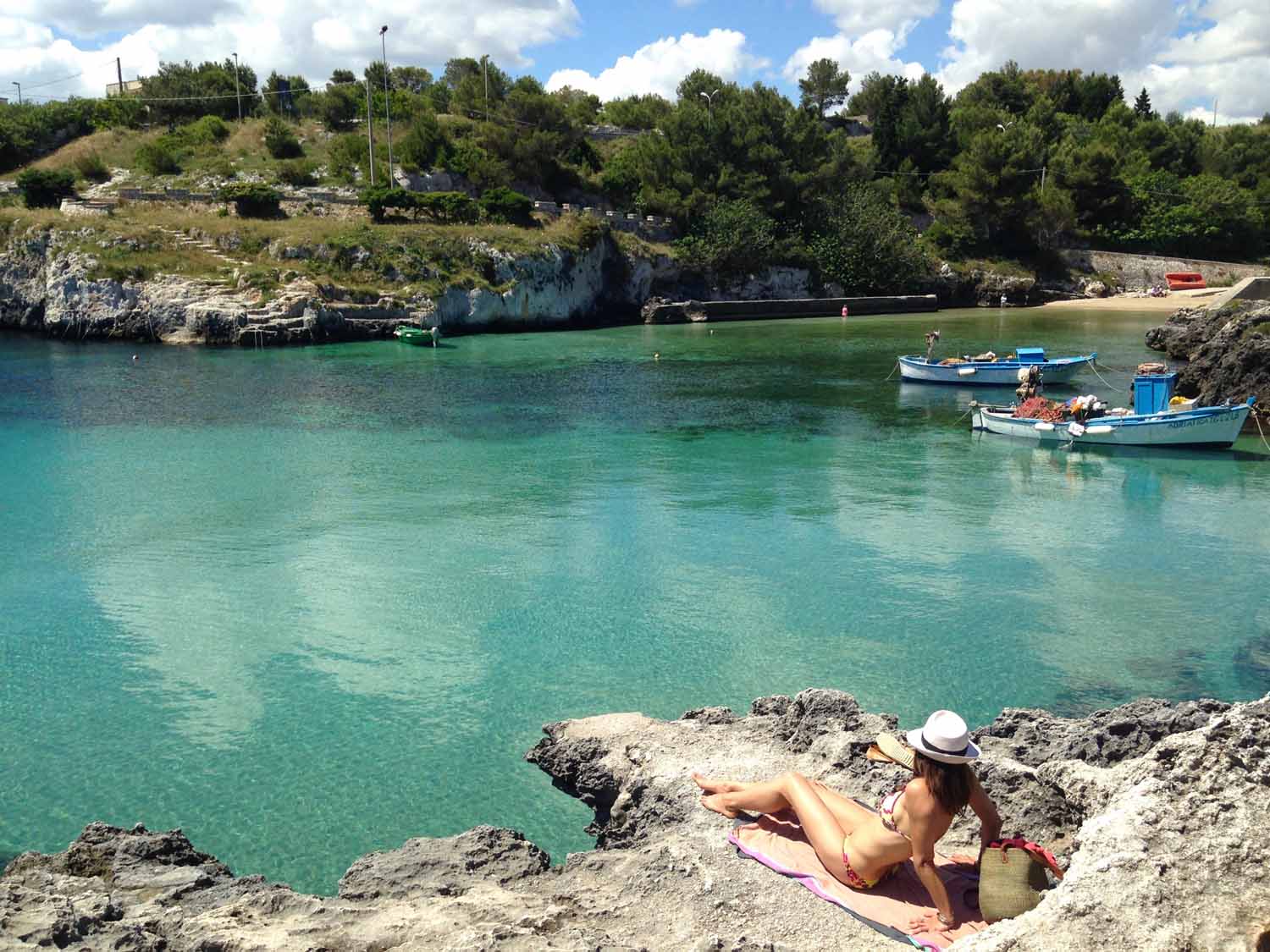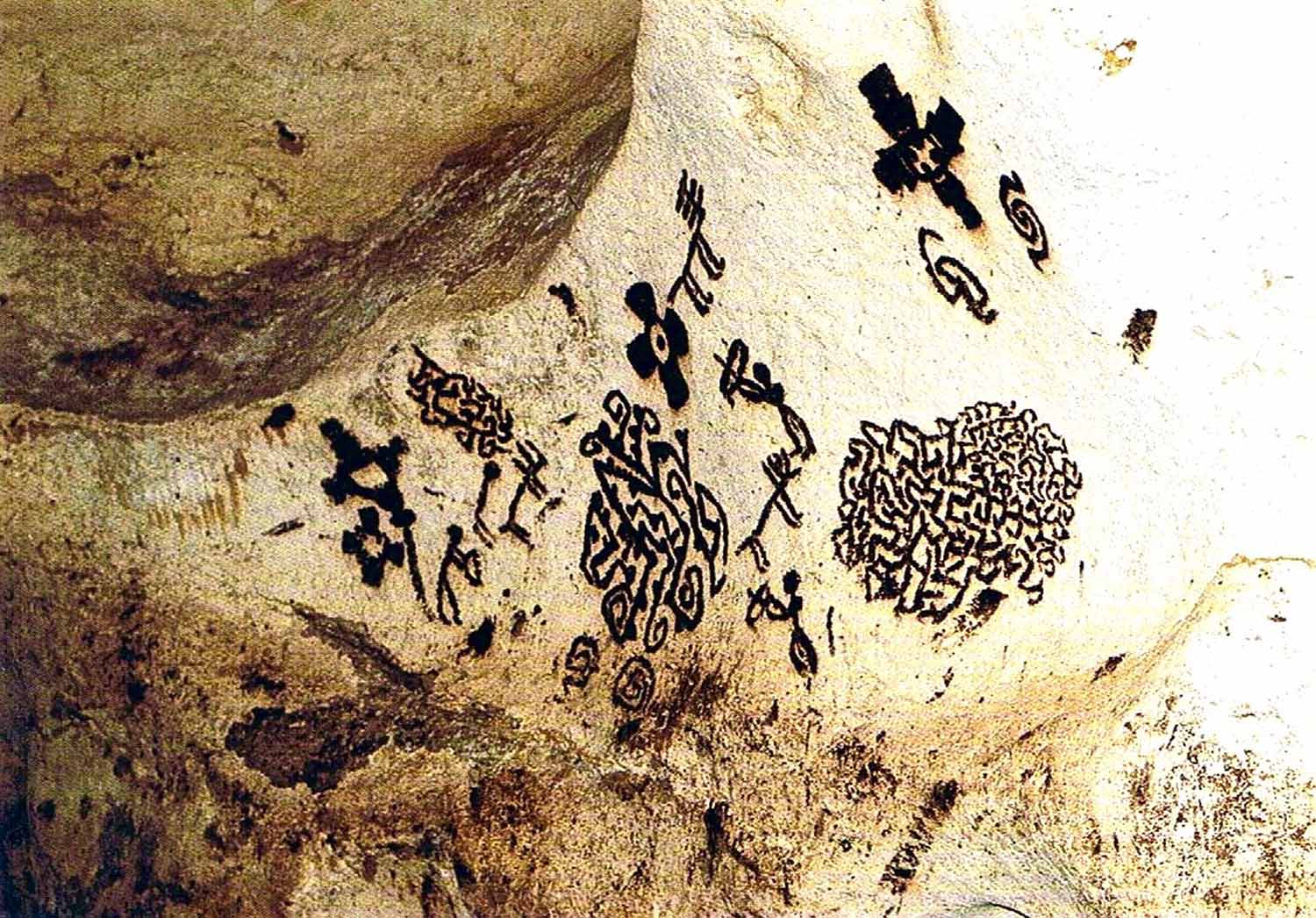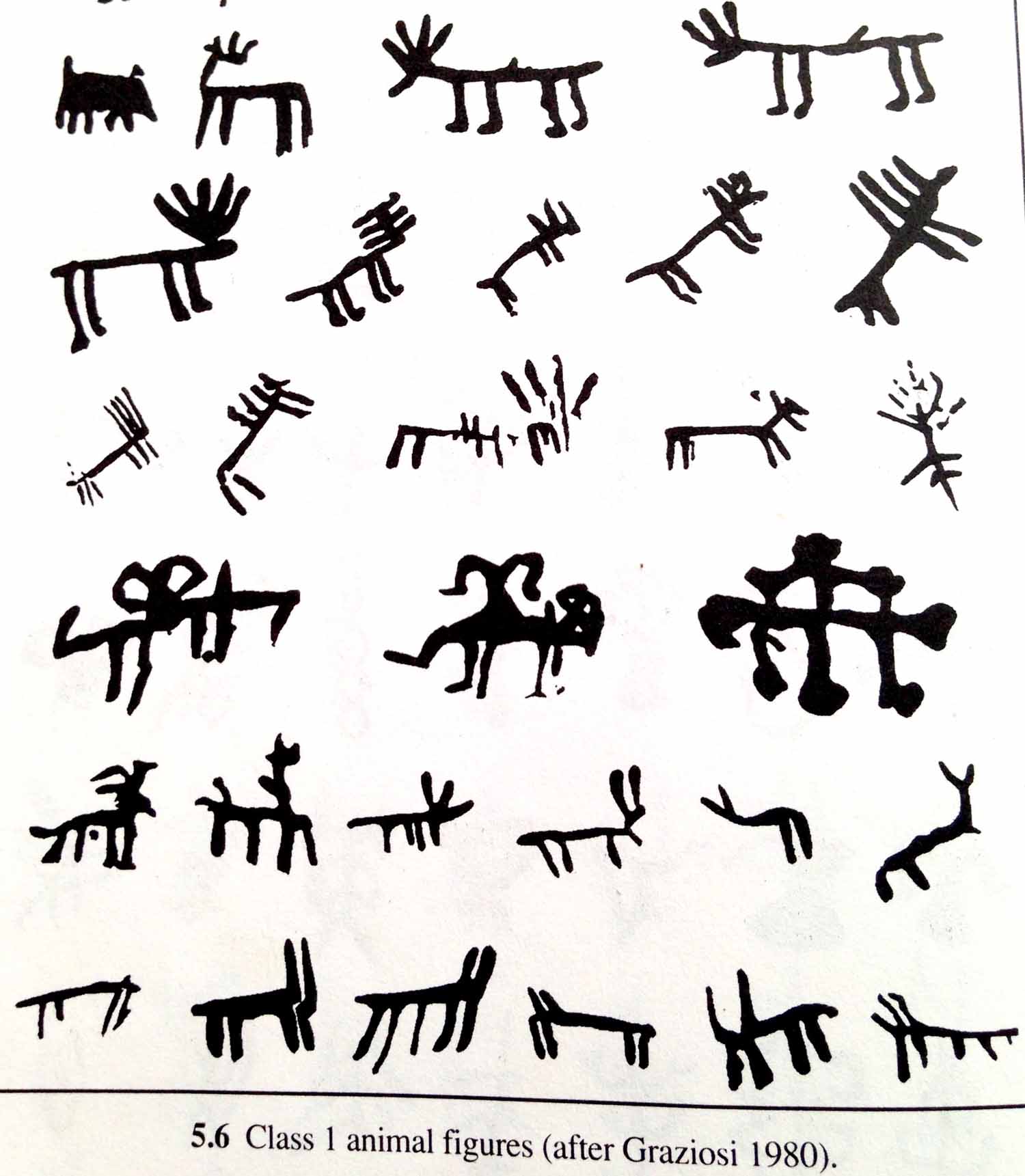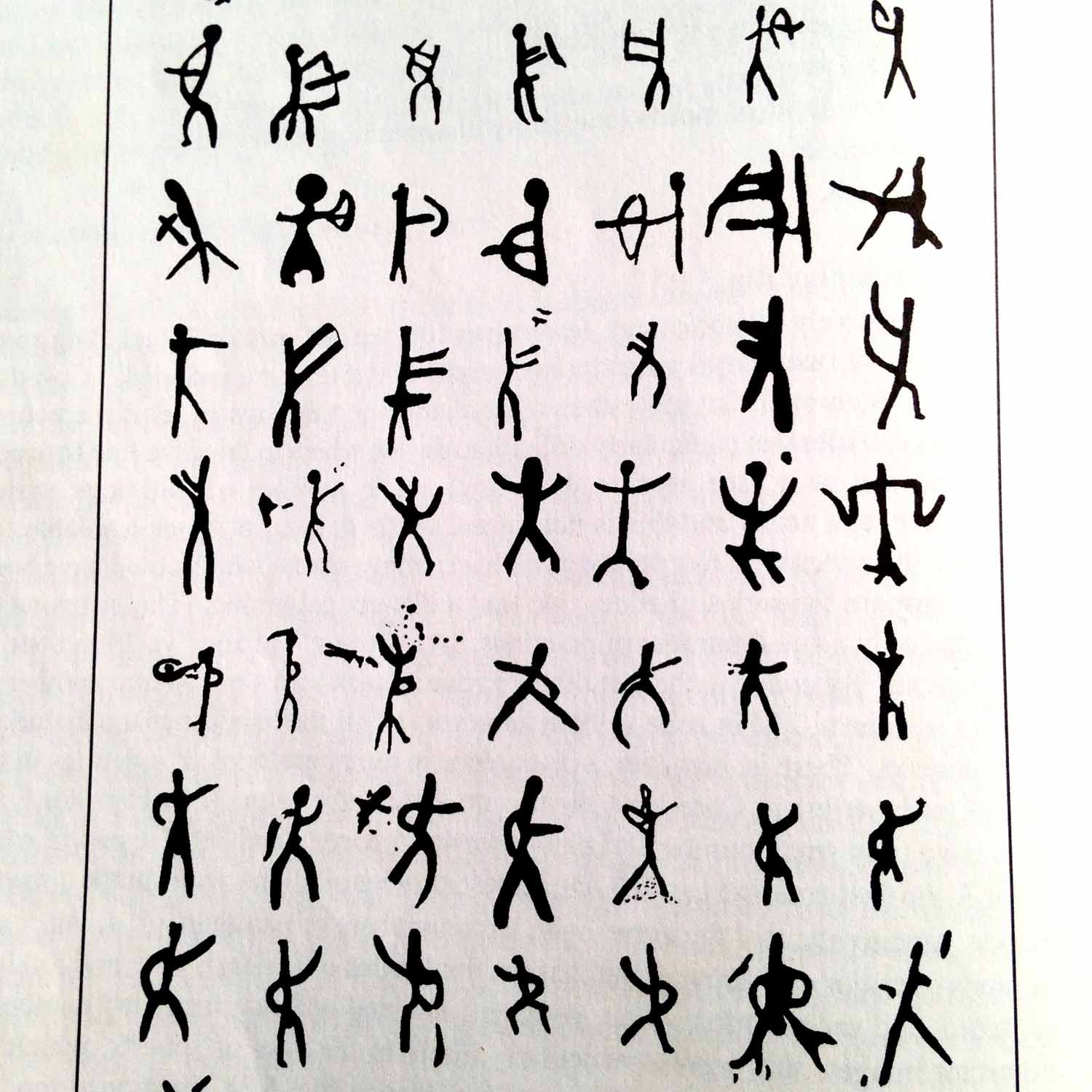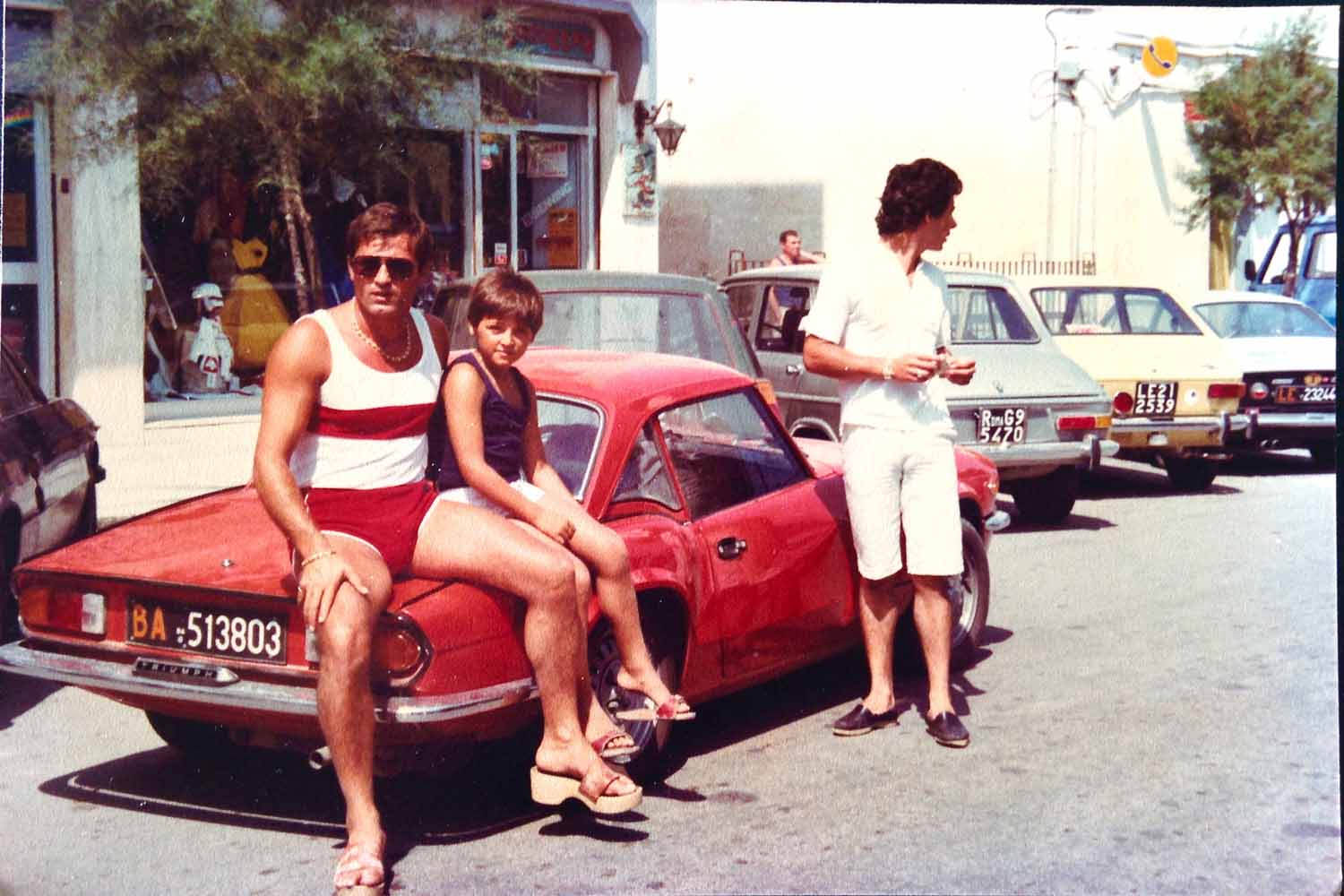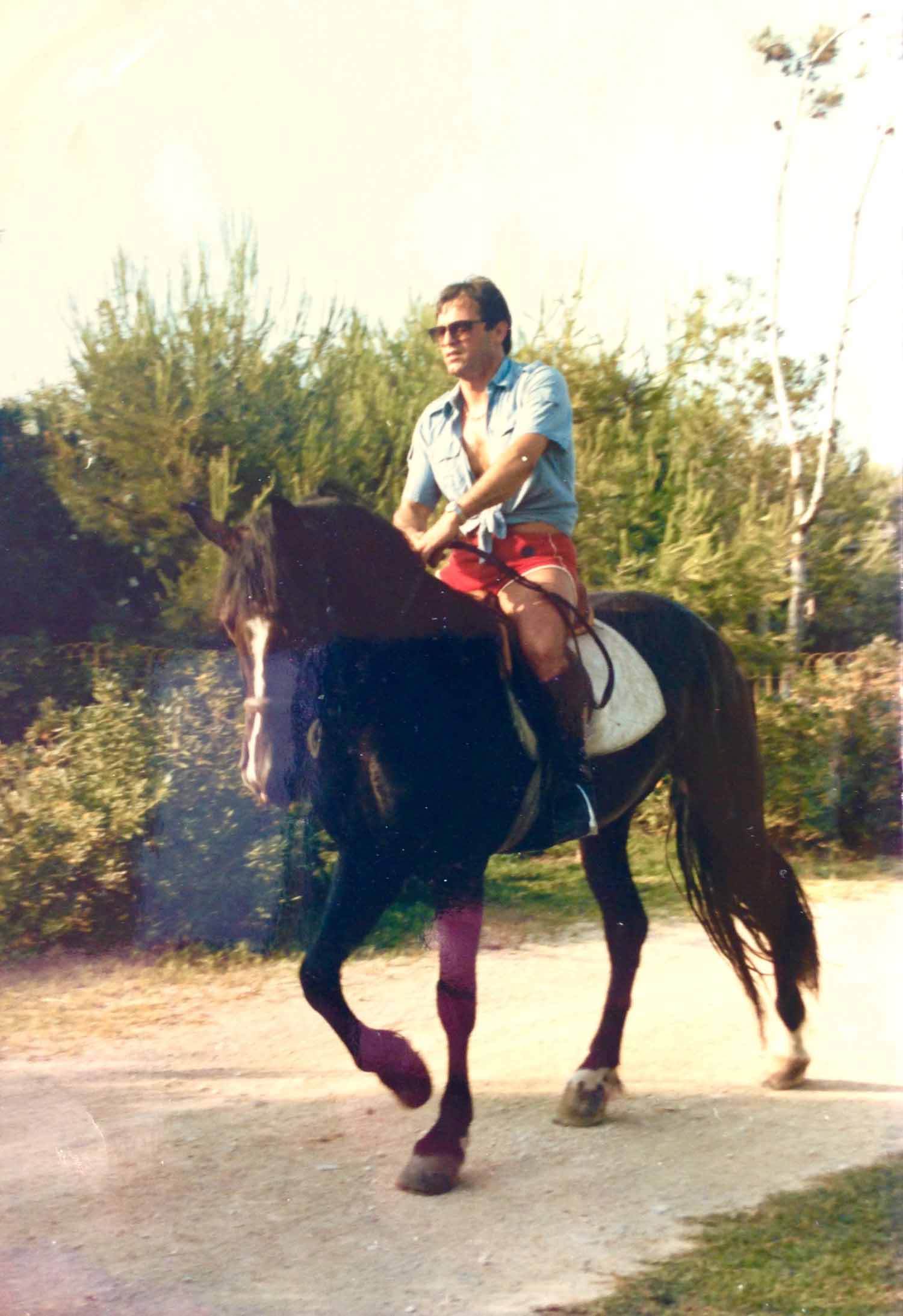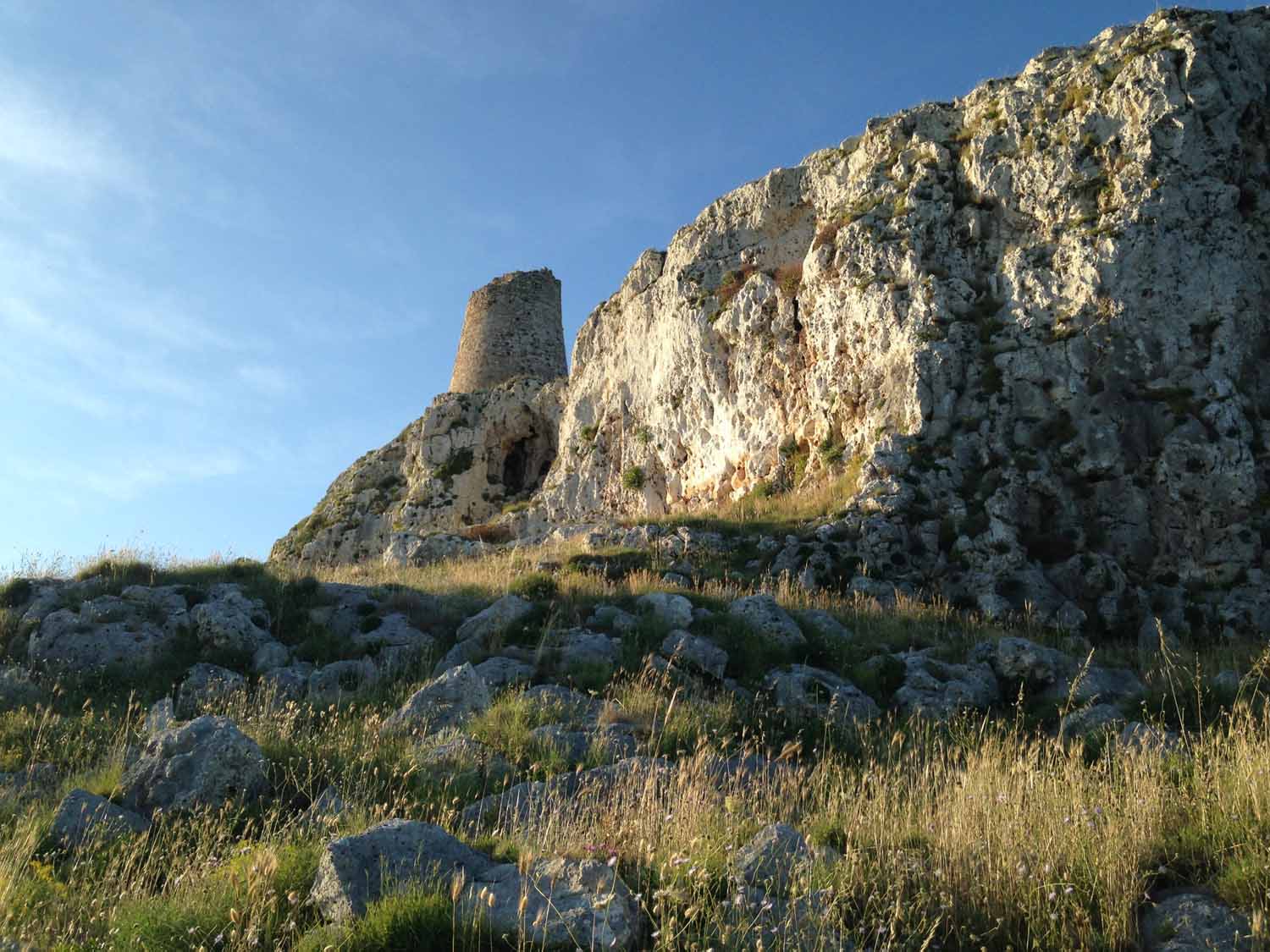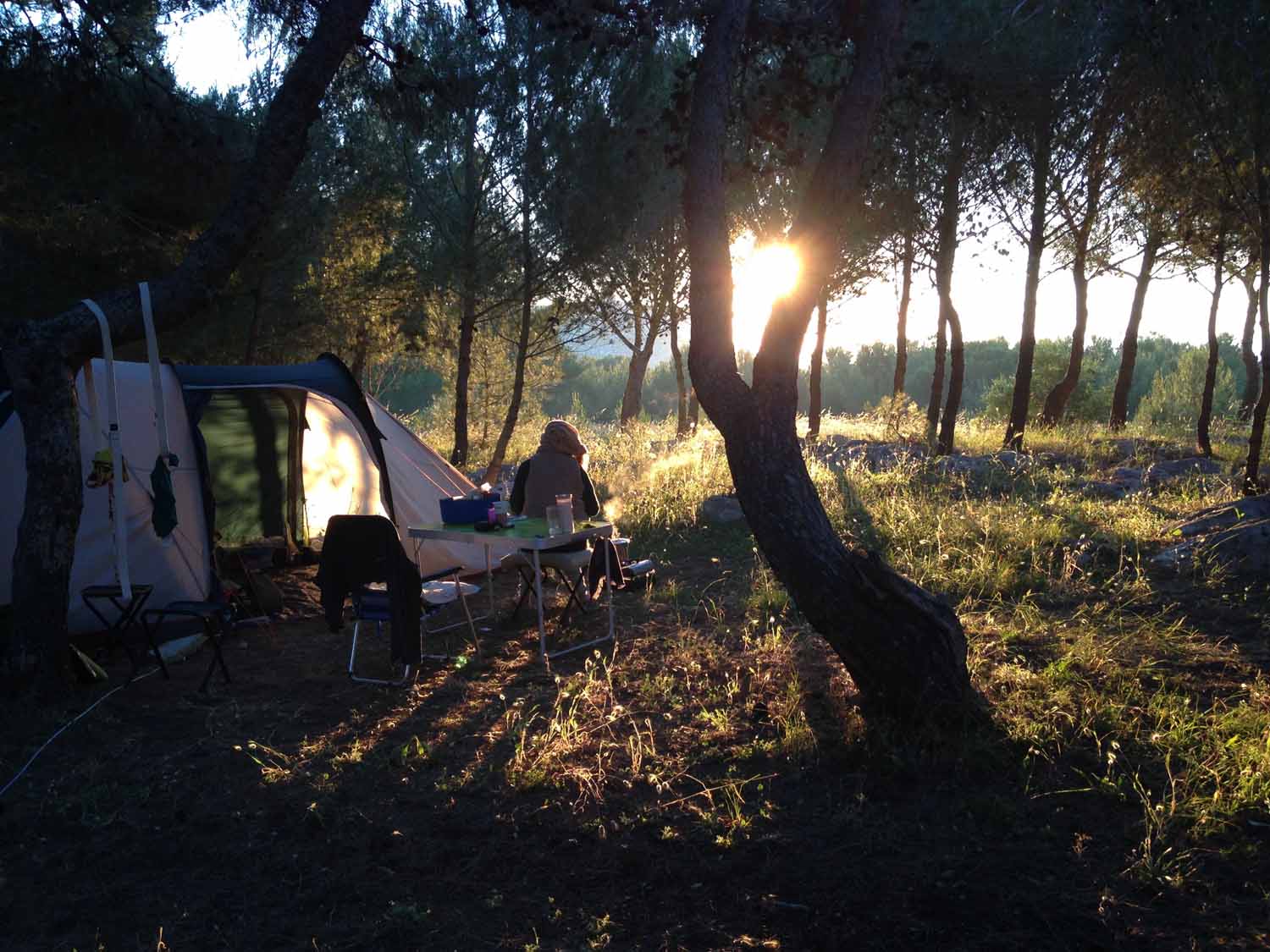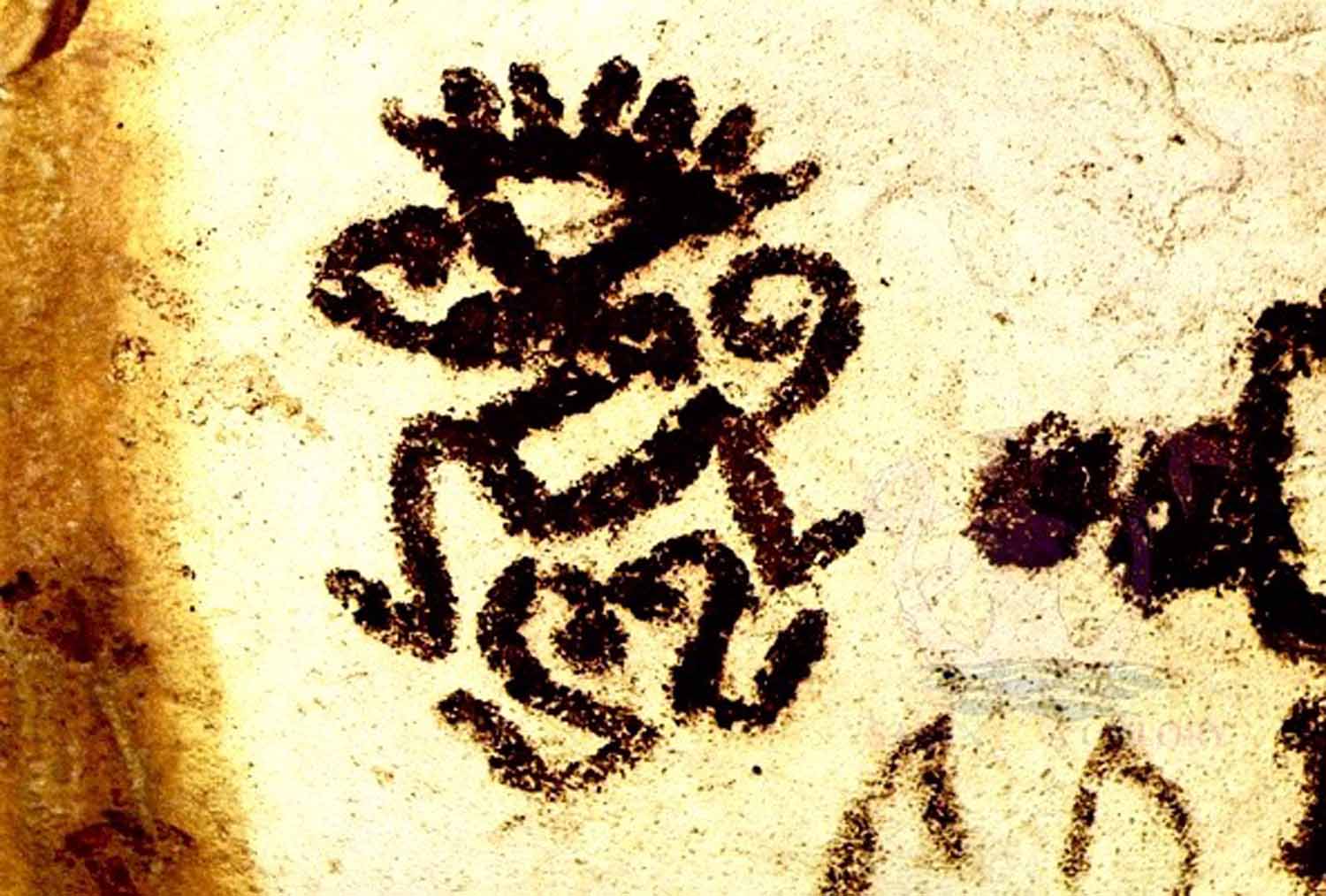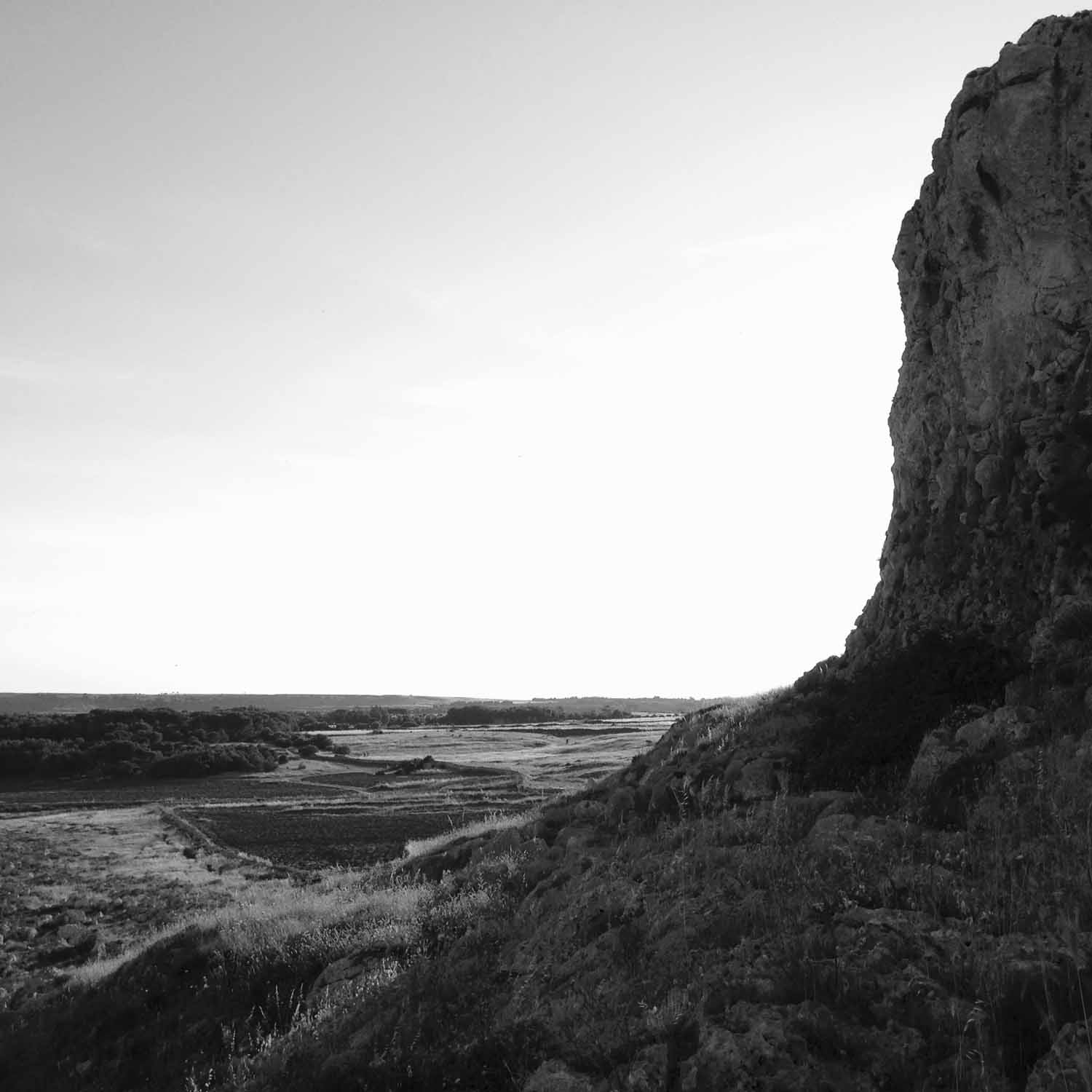A Neolithic turn in Puglia
by Rudston Steward
he Salento region in southern Puglia is still widely thought of—spuriously—as a one-dimensional travel destination. A lackadaisical beachy backwater at best suitable for a summer splash, but lacking the picturesque landscapes or cultural depth of the more popular and trendy Valle d’Itria further north.
While plotting the route of our nine-month Italian journey I’d been advised to skip the Salento until the summer. It all kicks off in June, they said, with the Republic Day long-weekend. Don’t bother coming in May. Everything will be shut down.
Naturally we ignored them—scribbling “PUGLIA” onto our May 2016 calendar in defiant and gleeful capital letters.
Driving south from Lecce in search of a campsite on 16 May turns out, at first, to be a less-than-gleeful undertaking. Most proprietors don’t even bother answering their phones; those who do simply laugh at our outrageous, unseasonal lodging requests.
On the coastal stretch from San Foca down to Otranto only one spot is open for business: a “Tourist Village.” Grudgingly we pull off the road to check it out. Such tourist villages are an odd, peculiarly Italian (and often quite hideous) phenomenon: tacky all-inclusive seaside resorts, mostly built in the concrete-crazy 1950s and 60s. Families flock to them in droves in July and August. Teams of “animatori” entertainers are perpetually on hand to amuse and distract the kids, while the parents slump in their deck chairs by the pool or on the beach to complain of the heat. In Italy they call such summer holidays “andare in villeggiatura”—literally to “go tourist villaging.”
This particular Tourist Village’s campsite, barren squares of gravel grid-slotted between hedges of laurel abutting the main road, is so thoroughly depressing that we get straight back in our car and drive on, further south. Beyond Otranto.
At Porto Badisco, twelve-odd kilometers south of Otranto, we chance upon the perfect Puglian campsite: a broad shady swathe of monumental umbrella pines set back from the sea, simple, clean facilities, just far enough from the main road. At night the stars are myriad lucid sky-studs; by day the place is utterly still, save for the breeze swooshing and swishing high in the pines, as if pouring from a resin-scented vent in the sky.
We can’t believe our luck: there is no-one else around. We have the run of the place.
Buoyed by renewed defiance and glee, we set up our tent, fold out our camping table, string up the hammocks. Open a bottle of Negroamaro. The setting is beguiling: on a promontory to the north, casting a watchful eye over the coast, stands the Torre Sant’Emiliano, a 16th Century stone tower. Through the pines snippets of coastline are visible, a footpath dwindles south between rocks and field. Around the headland it emerges at Porto Badisco’s cove: impeccable blue water, a strip of pale sand, and across the way a trattoria specializing in ricci di mare – fresh sea urchins.
Villeggiatura notwithstanding, we’ve somehow stumbled upon the pure Platonic ideal of a Puglian campsite.
WE’VE SOMEHOW STUMBLED UPON THE PURE PLATONIC IDEAL OF A PUGLIAN CAMPSITE.
That evening we discover we’ve also stumbled, unwittingly, onto the most remarkable collection of Neolithic cave paintings in Europe. It is quite literally under our feet, underground, in a series of interconnected caves, strung out along three corridors over nine hundred meters long: the Grotta dei Cervi (Cave of the Deer).
The Neolithic period marked our transition from a hunter-gatherer to a more settled agricultural society; for over three millennia, roughly 6,000 – 3,000 BCE, the Grotta dei Cervi served as a cult site and sanctuary for the Neolithic peoples then inhabiting these Salento plains. We know very little about these cave dwellers, what language they spoke, where they came from, what they looked like, what rituals they may have performed underground. The human bones and other artifacts from the Grotta dei Cervi have yet to be subjected to thorough contemporary analysis.
What we do know, undeniably, is that they left behind an astonishing artistic testament: over three thousand pictograms, painted in black bat guano and red ochre, lining the cave’s walls. The paintings are grouped into thematic clusters and “scenes,” some with remarkably complex arrangements that defy interpretation. Predominant among the images are hunting scenes, assorted stylized animals, male and female figures. But also bizarre human-animal combinations, men with horns, women with fish tails, what looks like an octopus-person, a clutch of possibly divine or semi-divine figures (one of these, dubbed “the shaman” has fast become the cave’s symbol).
A vast array of abstract geometric shapes accompany the figurative images. Some are applied with what we might today call artistic flair. Many are, to me, as strangely moving as they are unfathomably enigmatic. It comes as no surprise the that Grotta dei Cervi has been hailed as “the Sistine Chapel of the Neolithic.”
In her book Underground Religions, Ruth D. Whitehouse (following an earlier study by Paolo Graziosi) divides the Grotta dei Cervi abstractions into cruciforms, cymbal forms, sub-geometric figures, stelliform figures, S-figures, spirals, rosettes, and serpentine figures (see my photos of her diagrams above)—a fascinating analysis which, however, fails to shed much light on what all these pictograms may have meant to the folks who painted them around six thousand years ago.
BIZARRE HUMAN-ANIMAL COMBINATIONS, MEN WITH HORNS, WOMEN WITH FISH TAILS, WHAT LOOKS LIKE AN OCTOPUS-PERSON
Since their discovery on 1 February 1970, by a group of five speleologists from the nearby town of Maglie, the Grotta dei Cervi has been shrouded in controversy. Mired in bureaucratic limbo.
The collection of images on its walls are to the Neolithic period what the cave art of Lascaux in France and Altamira in Spain are to the Paleolithic: a singular artistic trove of immense and irreplaceable value. And yet the Grotta dei Cervi site remains completely off-limits, invisible to visitors and essentially uncared-for. The massive economic potential of the site, which could conceivably drive a different sort of tourism for the entire Salento region if developed and managed properly, remains untapped.
For years plans have been mooted to seal up and protect the cave, and create an exact replica on an adjacent site, as at Lascaux and Altamira, so that the general public can at long last see and interact with the images directly. We could then attempt to discern the ineffable messages they may still transmit to us. But time and time again such plans have come to nought, stranded between a typically Italian political intransigence and perpetual bureaucratic impasse.
Our campsite is owned by Rocco Brescia. Rocco has two overriding passions: tango and horses. One afternoon he cranks up Carlos Gardel on the stereo in the restaurant and puts on an impromptu performance with a French tourist. Afterwards she sits down and says, face flushed: “He is so good, so controlled, very forceful.”
Rocco is six feet tall, still proud and strong as an ox. He shows us photos of his horses, of him jumping one through a burning hoop. In another he rides with unbuttoned shirt and shades, like a stocky Puglian emperor manqué. My favourite photo shows Rocco in wife-beater and gold chain astride the boot of his flash red car. Bona fide Bari numberplates. It’s the ‘70s platform clogs that really seal the deal — he looks like the coolest cat in all of Puglia.
We strike up a friendship of sorts during our stay, he is generous and helpful, invites us to dinner, picks us up when we need a lift after a hike. Rocco comes across as a man who has lived many lives, who has secrets. One night he says “I sold Gaddafi the metal he used to build his border fences, to keep the Egyptians out.”
ONE NIGHT HE SAYS “I SOLD GADDAFI THE METAL HE USED TO BUILD HIS BORDER FENCES, TO KEEP THE EGYPTIANS OUT.”
Rocco owns all the land, from beyond the Torre Sant’Emiliano all the way to the cove at Porto Badisco. He thus owns the land above the Grotta dei Cervi, and the access to the caves, but not the caves themselves or their art—which by law belong to the Italian state. He is a key player in the negotiations about the future of the Grotta dei Cervi and the development of the site.
During our stay Rocco is often in conversation with his lawyers. It seems a historic new deal is about to be struck: a 3D virtual recreation of the Grotta dei Cervi and its art, to be installed as a permanent exhibition either in Otranto Castle, or on a part of Rocco’s land adjacent to the caves. Or maybe both. If all goes to plan—political intransigence and bureaucratic impasse notwithstanding—this 3D exhibit will be inaugurated before the end of 2016.
We end up camping at Porto Badisco for ten days. No other campers ever show up; presumably they are all waiting for the season to “kick off” in June, at which point they’ll descend on the campsite en masse in one foul fell swoop.
In the meantime the swathe of umbrella pines comes to feel like our private domain, like our home. We see no-one else, so we start forgetting that other people exist at all. We run around naked, bang our drums in the dead of night, holler at the full moon, sway in our hammocks, swing from the trees with impunity.
Our behavior is taking a decidedly Neolithic turn.
THE BREEZE POURS FROM A RESIN-SCENTED VENT IN THE NIGHT SKY. I CROSS THE THRESHOLD AND THEN CLIMB DOWN INTO THE DARK, FAR UNDERGROUND.
At night I dream that I leave our tent and walk through the pines to the entrance of the Grotta. The stars are lucid studs, the breeze pours from a resin-scented vent in the night sky. I cross the threshold and then climb down into the dark, far underground. The corridor levels and lowers, now I must navigate it on all fours. Then it widens, a dimly lit chamber lined with stalagmites. A pool of water, stepping stones. On the far side is a black mound, low to the ground and viscous. I press my fingers into it, slowly, coating my hand, then flatten my palm and fingers against the wall above. I impress my handprint, cast a sign into the recess of time; to where I rest my head thousands of years away on the pillow in my tent, just a few meters away, overhead.


